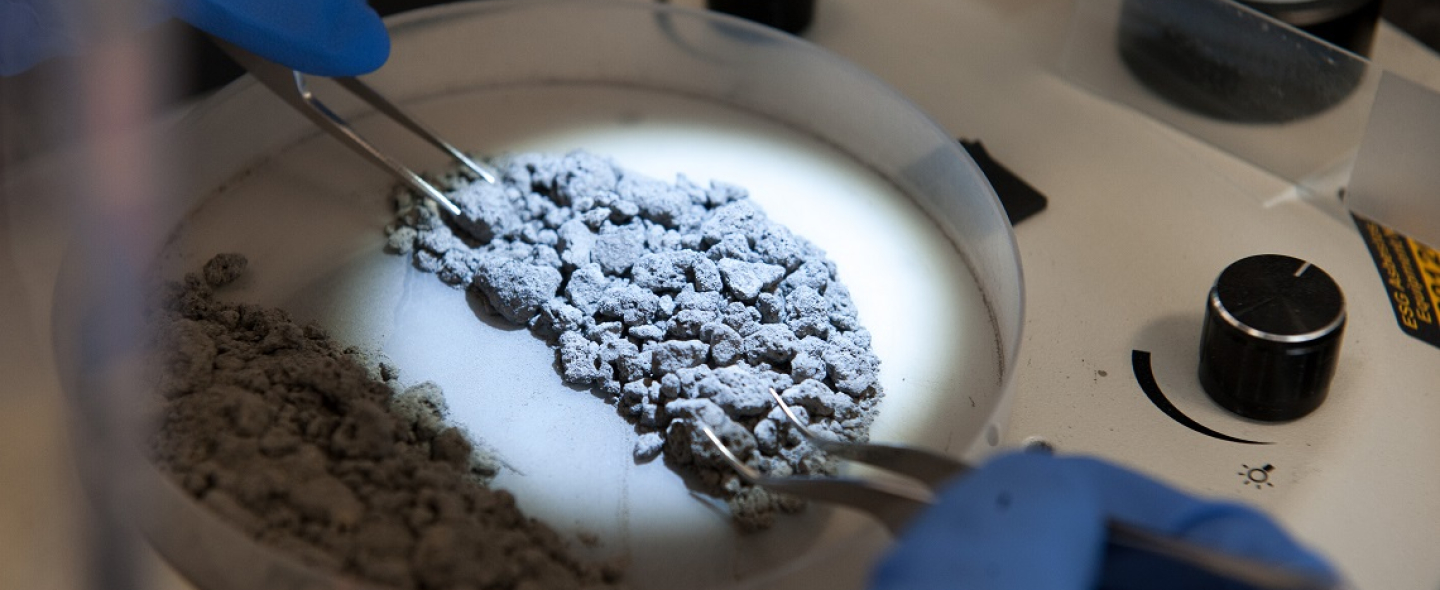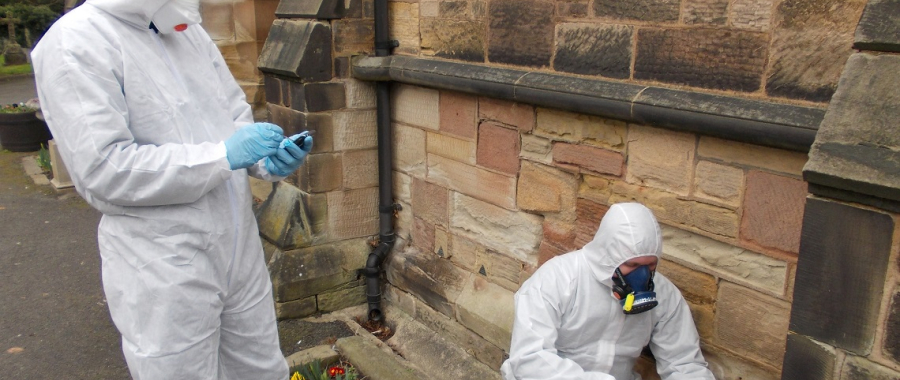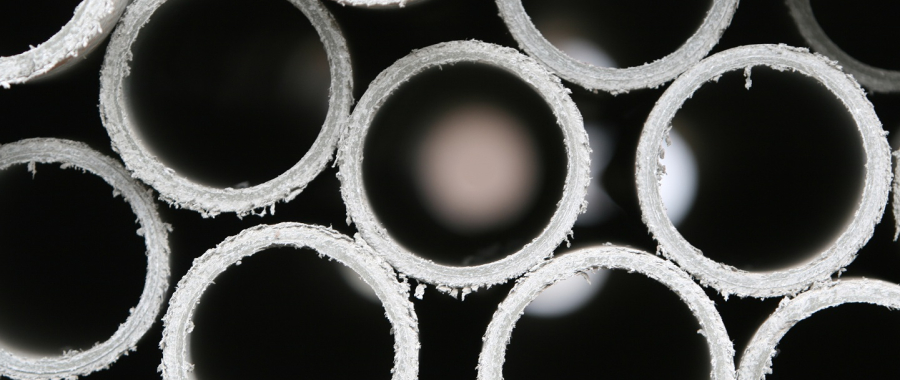
FAQ: What is the role of the asbestos analyst during an asbestos removal project?
For asbestos removal projects, there are a wide range of roles that can be fulfilled by analytical companies and there is a legal requirement for an independent asbestos analyst to be appointed to complete the four stage clearance procedure. The independent analyst will check the quality of the work and assess whether the area is suitable to be re-occupied at the end of the removal works.
Asbestos Analyst FAQs
Analyst services are crucial to the removal process, the protection of workers and safety of other nearby persons. However, analysts do not provide “direct supervisory control” for asbestos work and do not directly carry out “licensable work” as defined in CAR Regulation 2.
Clients can opt to appoint an analyst during removal works, not only at the end. If this approach is taken, asbestos air monitoring data will be collected throughout the works to provide evidence of good work practices, adequate control measures, as well as highlighting any concerns or issues during the works. The analyst is often considered to be the clients’ eyes and ears during removal works to advise when such situations have arisen. They will outline the reasons and circumstances for any negative occurrences, along with suggesting possible solutions and next steps. It is, however, the licensed contractor’s legal responsibility to ensure that any failings or deficiencies are rectified or resolved.
To ensure an efficient project, analyst organisations can provide project management support for asbestos removal but these specialist support services may vary, depending on the client and contractors. On small jobs, for example, the specialist support may have limited application or it may be restricted to only the completion of the statutory 4-stage clearance procedure at the end of the works.
On larger or more complex activities, the involvement of the analyst can be significantly greater. It may extend from the start of the project until completion and could include coordinating the tendering of removal works against a technical specification of works.
To benefit from the specialist support, the client should establish which of these support services are needed for the project, to ensure work is carried out safely, efficiently and compliantly within effective controls.
In addition to 4-stage clearance procedure, the analyst can provide a range of monitoring and support services including:
Inspection and monitoring activities including: initial smoke tests on enclosures, enclosure visual inspections, visual inspection of decontamination units, waste and transit routes. These activities ensure that any cross contamination or enclosure leaks are identified early and rectified
Licensed contractor document checks including: RPE, training, negative pressure units, Class H vacuums. This assists clients with their duty to ensure appointment of competent contractors and ongoing competence review
Leak testing of enclosures to ensure no fibres transfer from within the enclosure during the works. This ensures the safety of individuals in surrounding areas and provides written evidence of air monitoring readings for future reference
Near source and far source/perimeter monitoring to provide assurances that asbestos fibres do not pose a risk at other locations
Investigation of leak test “failures” - ensuring that enclosure breaches are quickly identified and rectified to limit cross contamination
Measuring negative pressure in the enclosure and air flows of negative pressure units – to ensure the air circulation is in accordance with requirements and air changes are effective
Personal monitoring of the asbestos removal operatives to provide data for exposure assessments and planning future works
Monitoring in enclosures – to observe working practises and progression of works
Development of air testing strategies and interpretation of results – to provide the client with fit for purpose technical advice
Diary of work to provide a written record of all activities, particularly useful if issues arise or if challenges are made at a later date
Visual inspections of cleanliness of equipment leaving site as directed by client or hire company
Liaison with client management team, licensed contractor and all other key stakeholders. This ensures the smooth running of the project and all ancillary works
If requested, the analyst can provide guidance on monitoring strategies for personal and static sampling. One example of this includes a leak testing regime, which will be different depending on whether the building is occupied or unoccupied, and whether other trades are present during refurbishment work. Likewise, the regime may be different for premises that are still operational with the work itself taking place out-of-hours. More complex leak testing would be considered where the removal work involves ceiling voids.
Further to this, the analyst can advise on the most effective sampling regime for operatives, making sure the highest risk activities are properly assessed and that sufficient sampling periods are undertaken.
By advising and assisting the licensed contractor, the analyst can help to confirm that controls and respirators are adequate (CAR, Regulation 19), through air monitoring information and records for individual removal workers. This information supports general plans of work, licence renewals and evidence of exposure for the health records of individual workers.
A further key role for the analyst is to ensure that work and site activities are accurately recorded during sampling, which can be collected by observing through the viewing panel or CCTV. To obtain this record, a discussion should take place before and after enclosure entry to establish what work will be carried out versus what work was actually carried out. Such information will alert the licensed contractor to issues arising and will provide data for future assessments.
Asbestos analysts are required to be qualified by BOHS to the P403 and P404 technical modules or the RSPH Level 3 Certificate in Air Monitoring and Clearance Procedures and they perform their work in accordance with HSG248 'Asbestos: The Analysts' Guide' (see here for an overview of the proposed changes to HSG248). Asbestos analytical companies must hold UKAS accreditation for these activities; accredited bodies can be found here.


